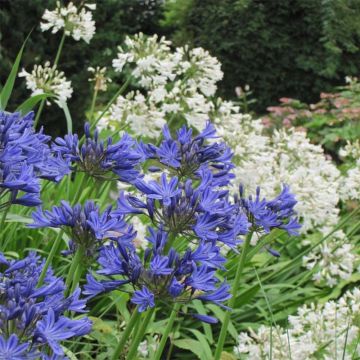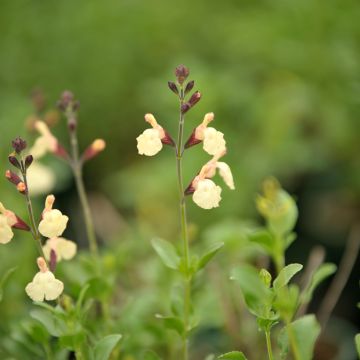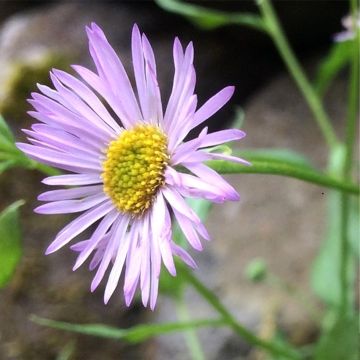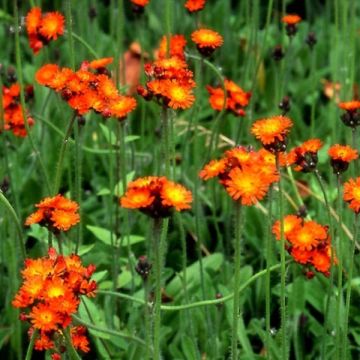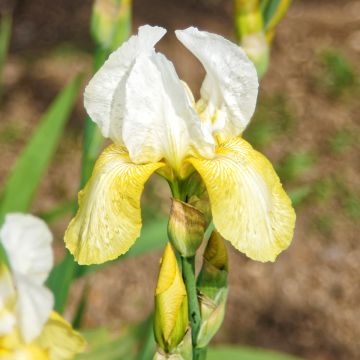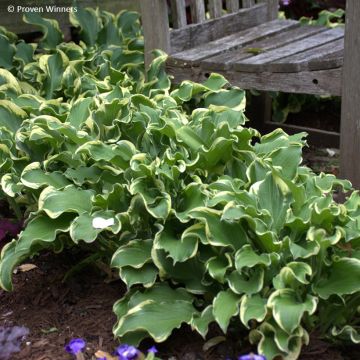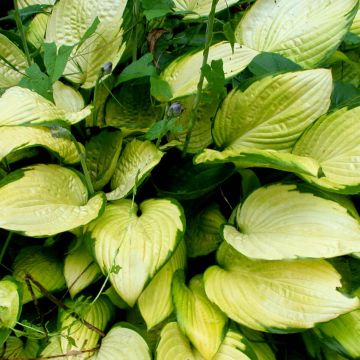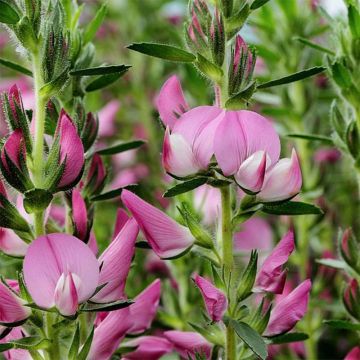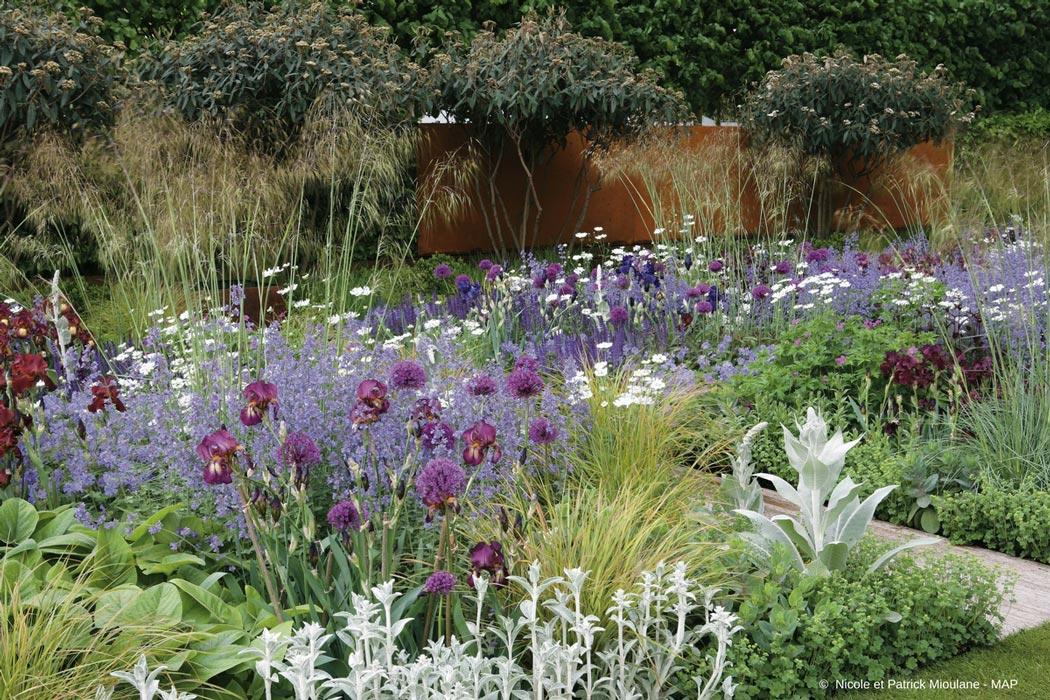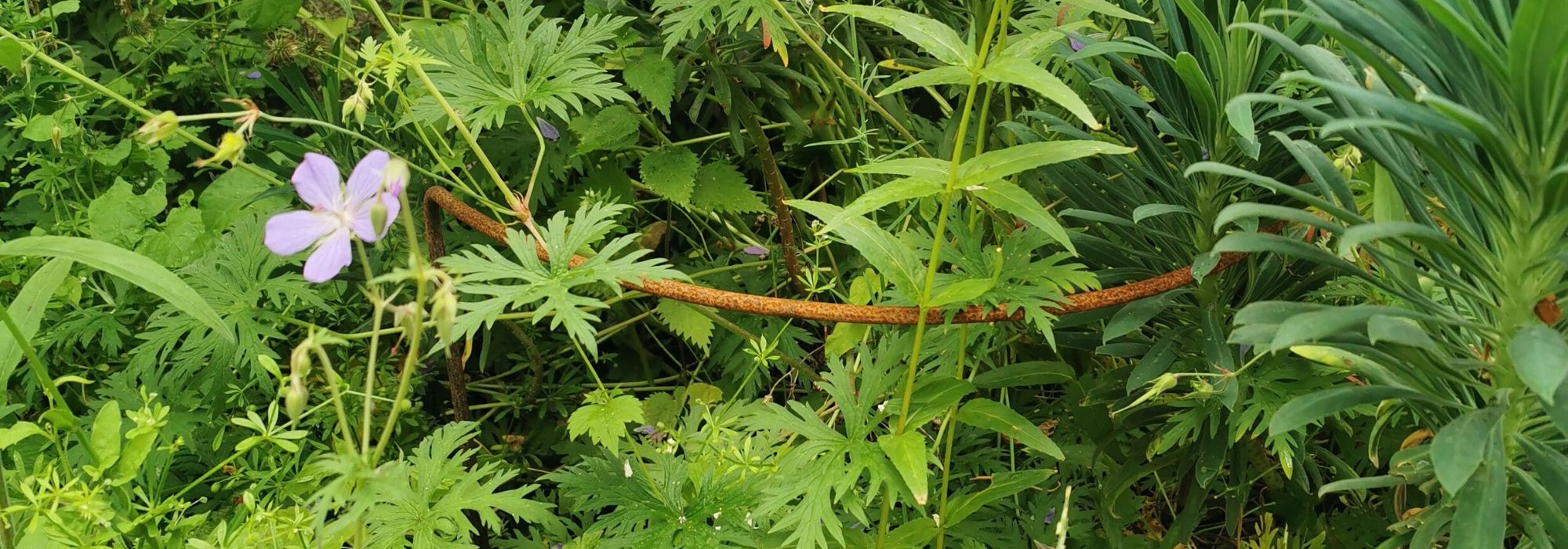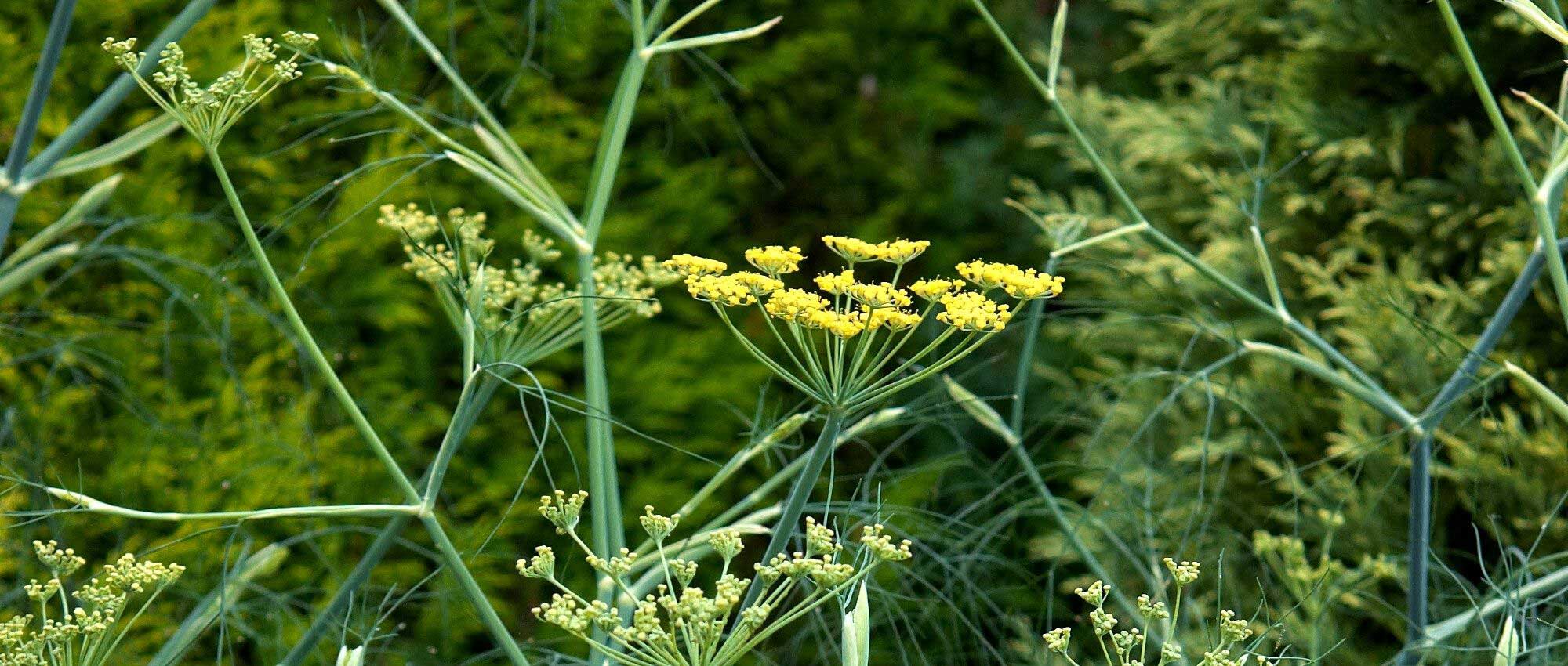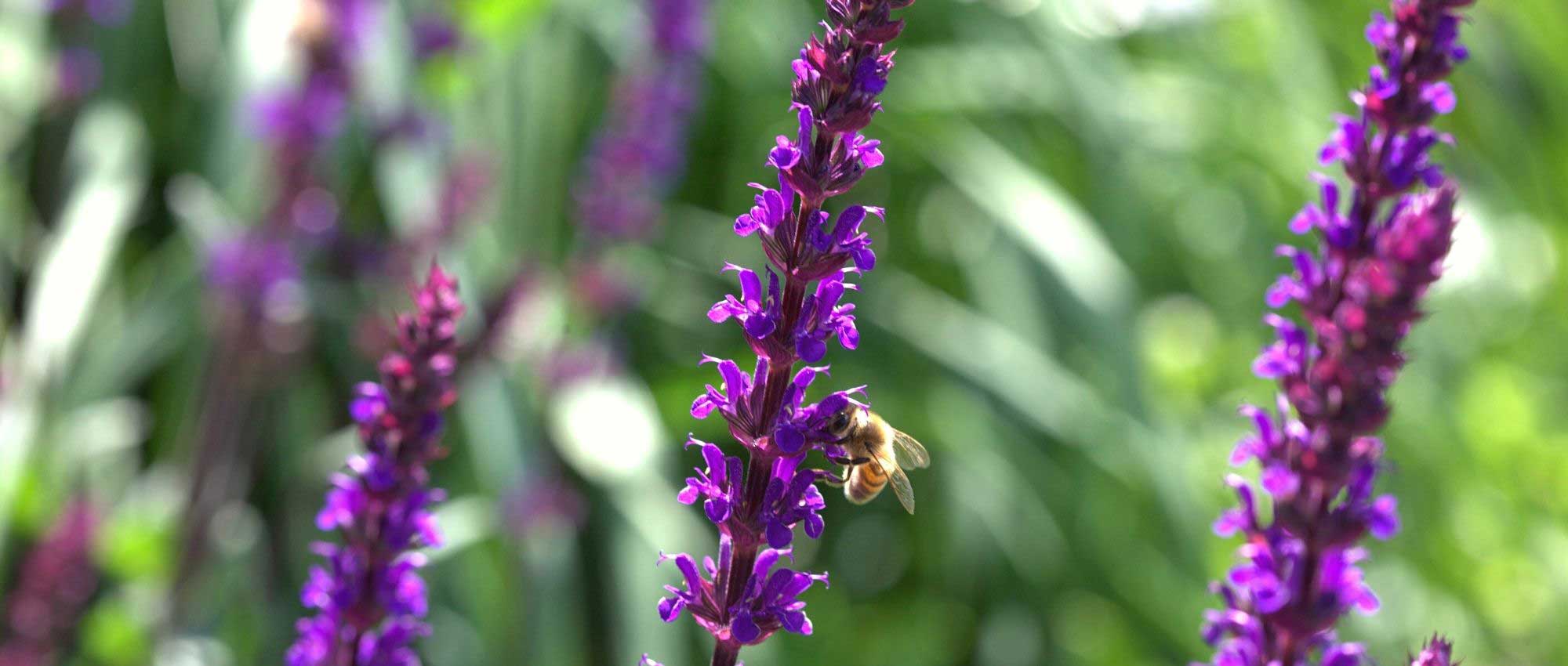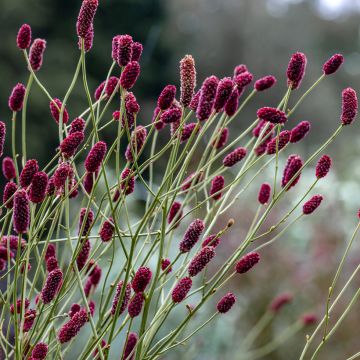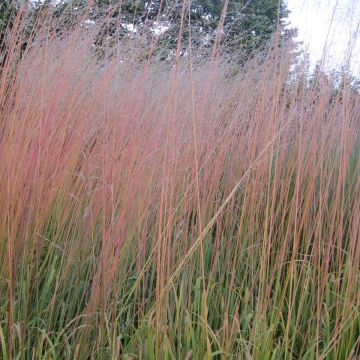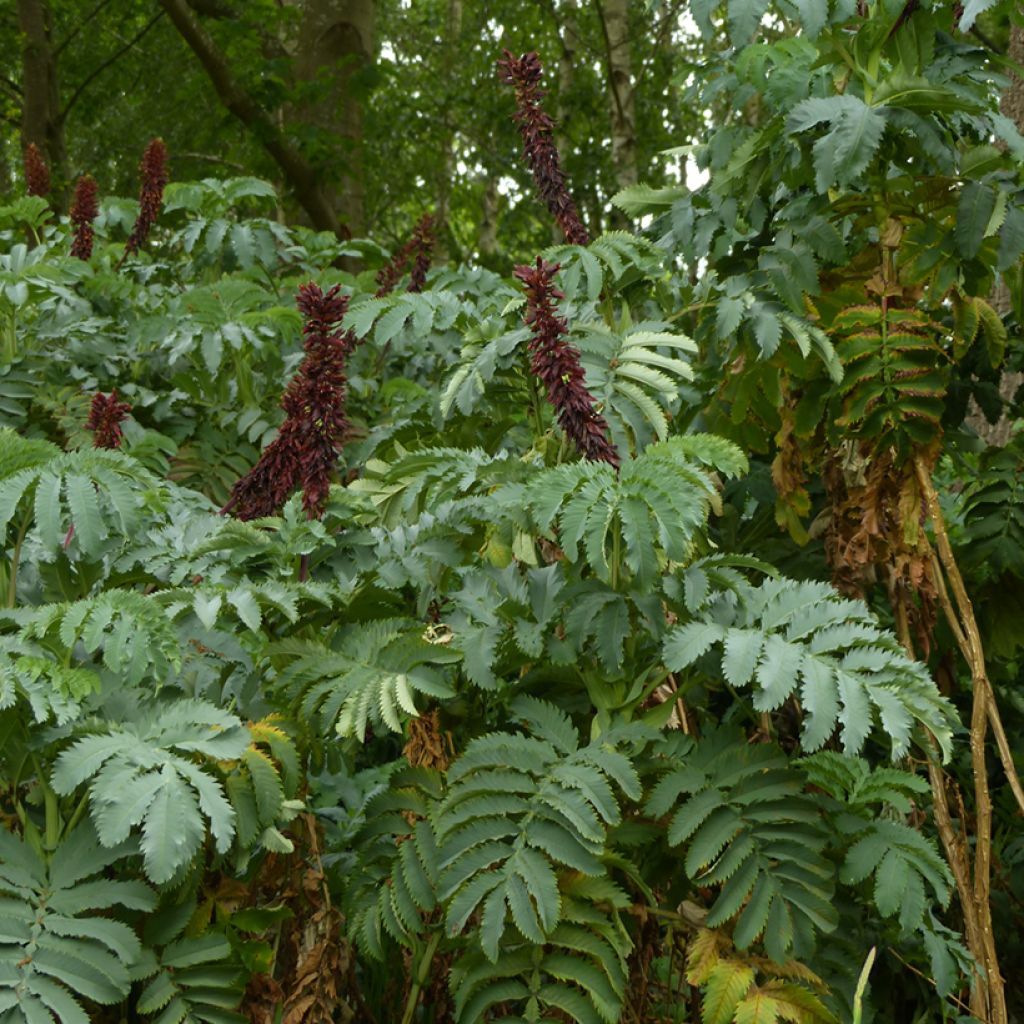

Melianthus major
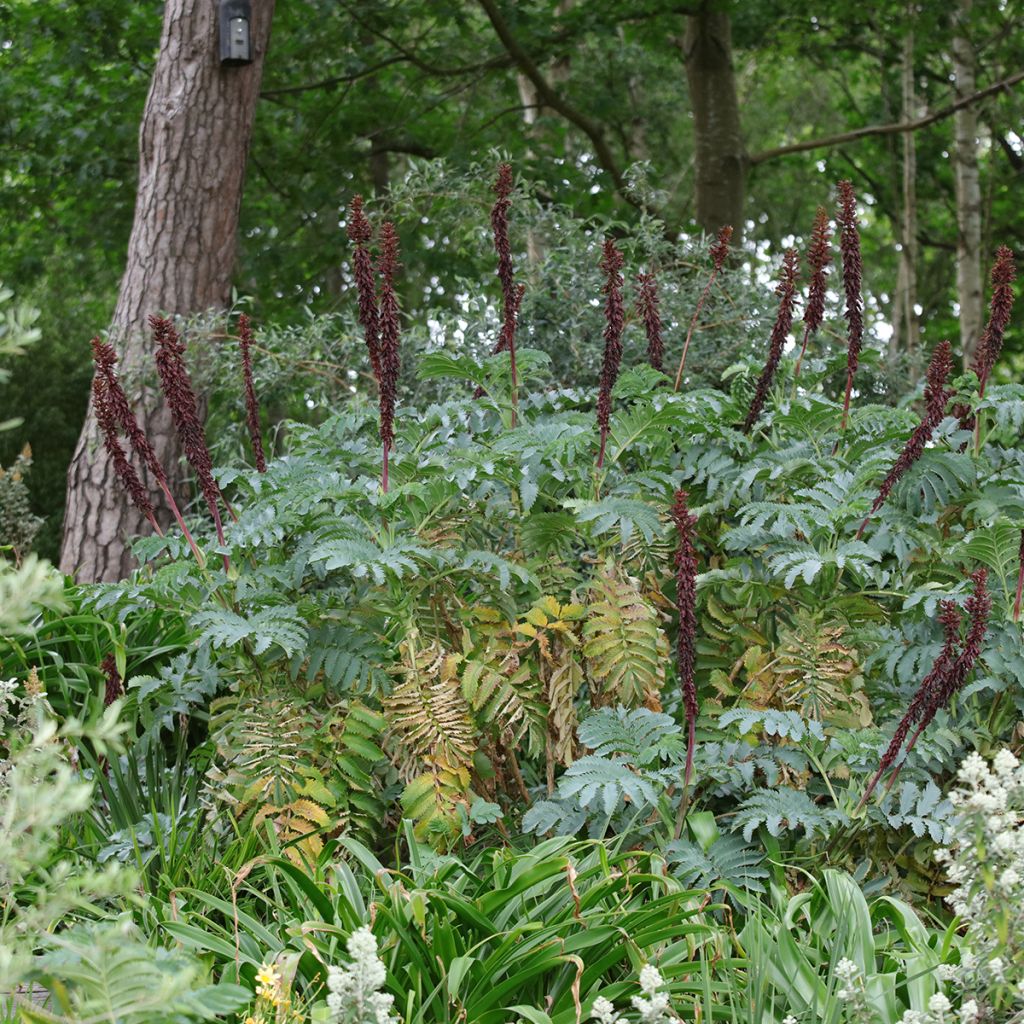

Melianthus major
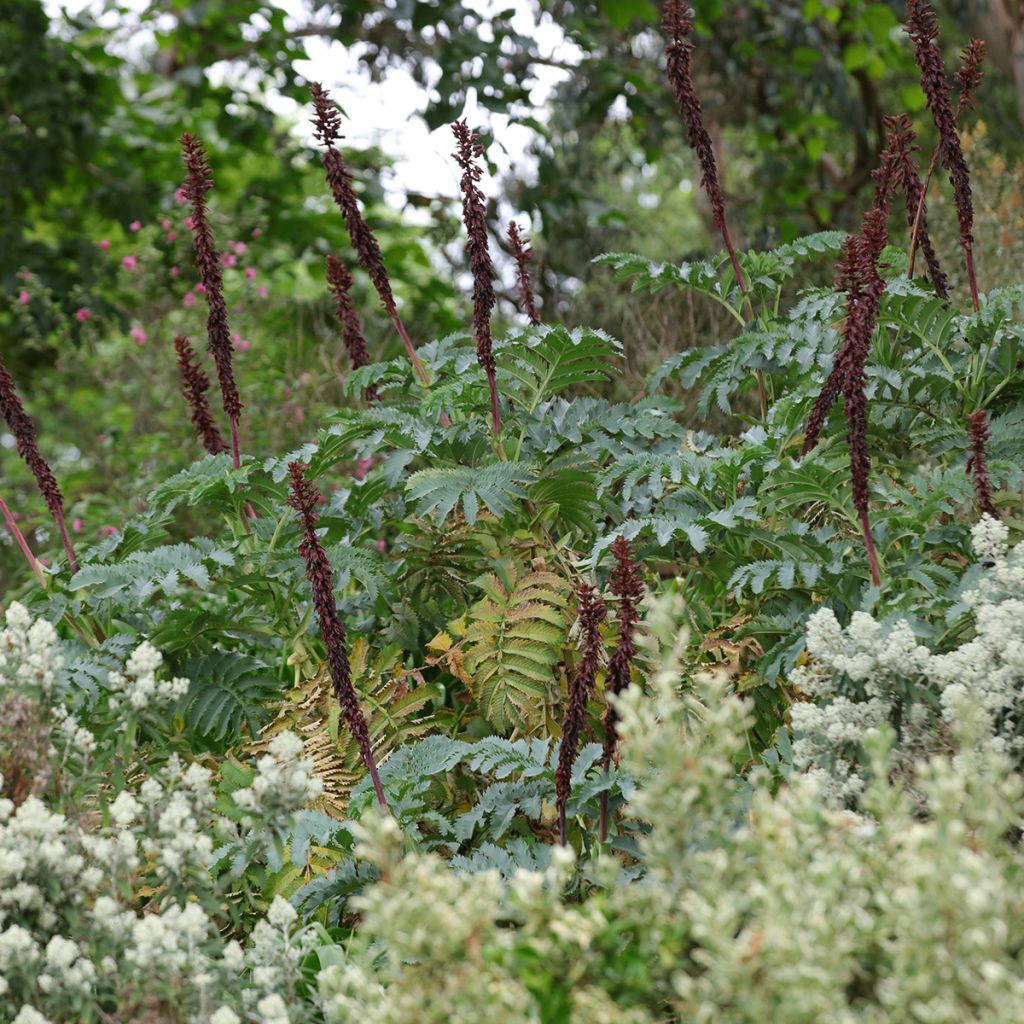

Melianthus major
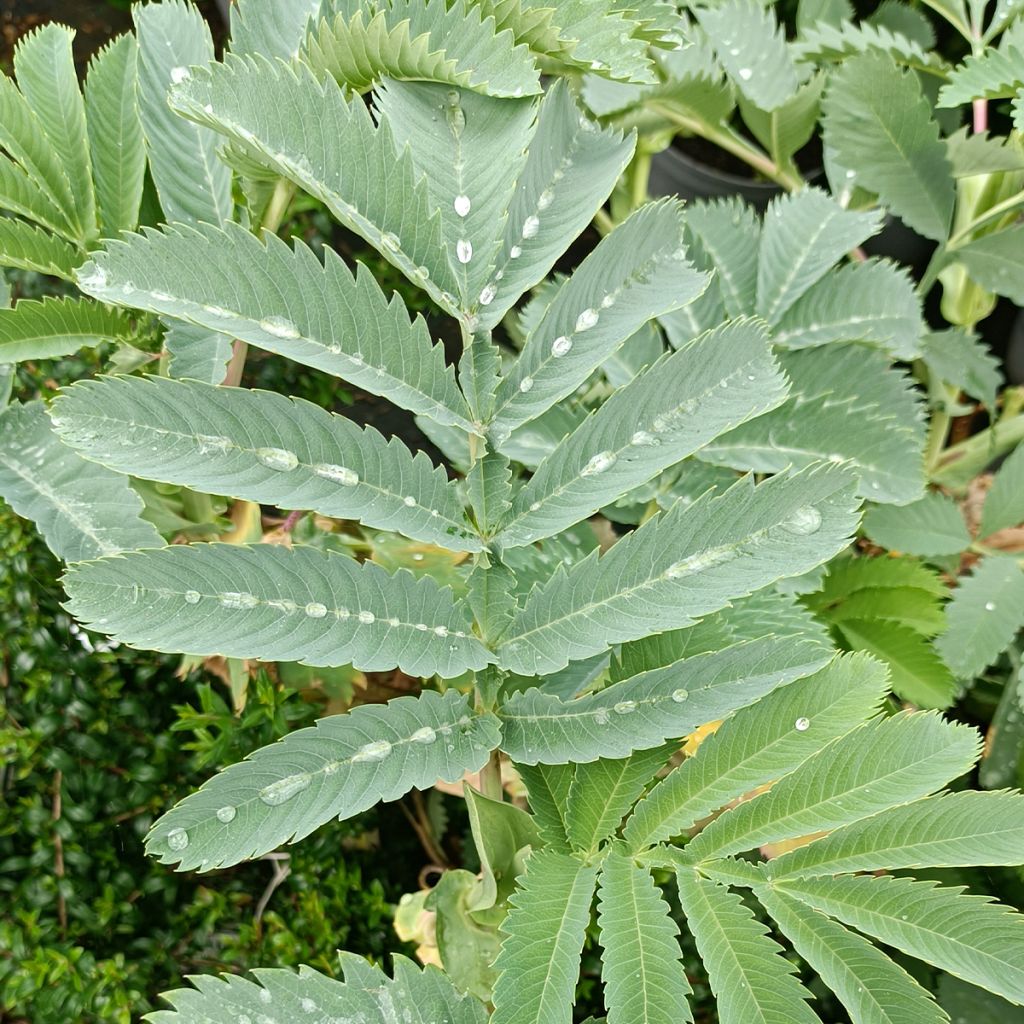

Melianthus major
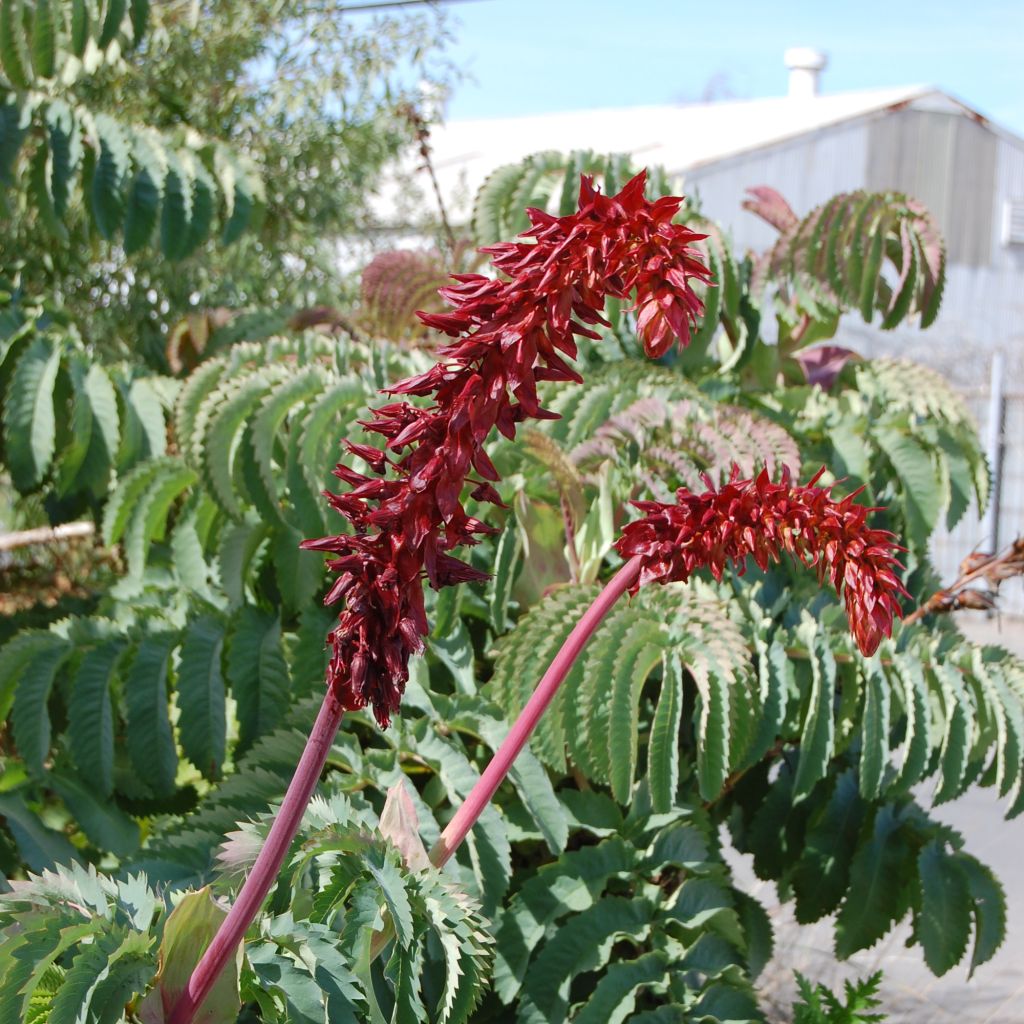

Melianthus major
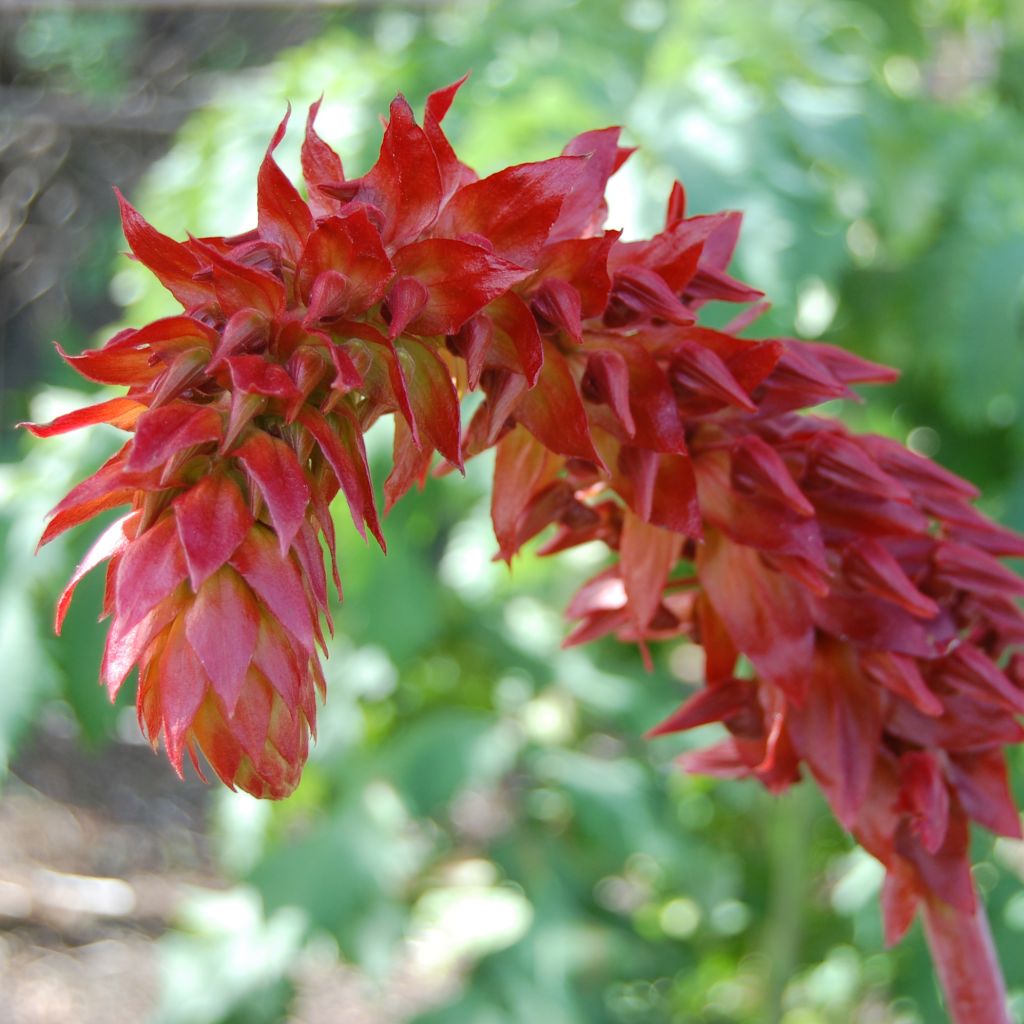

Melianthus major
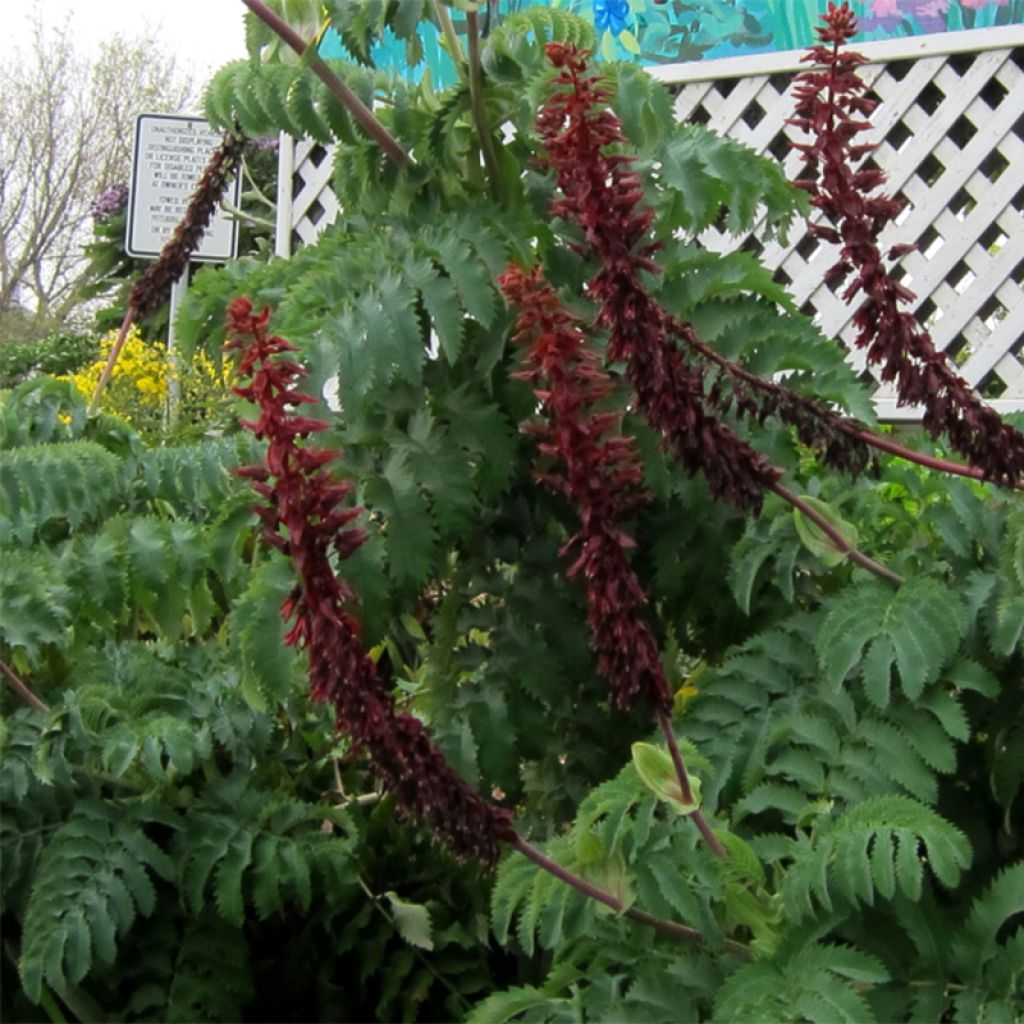

Melianthus major
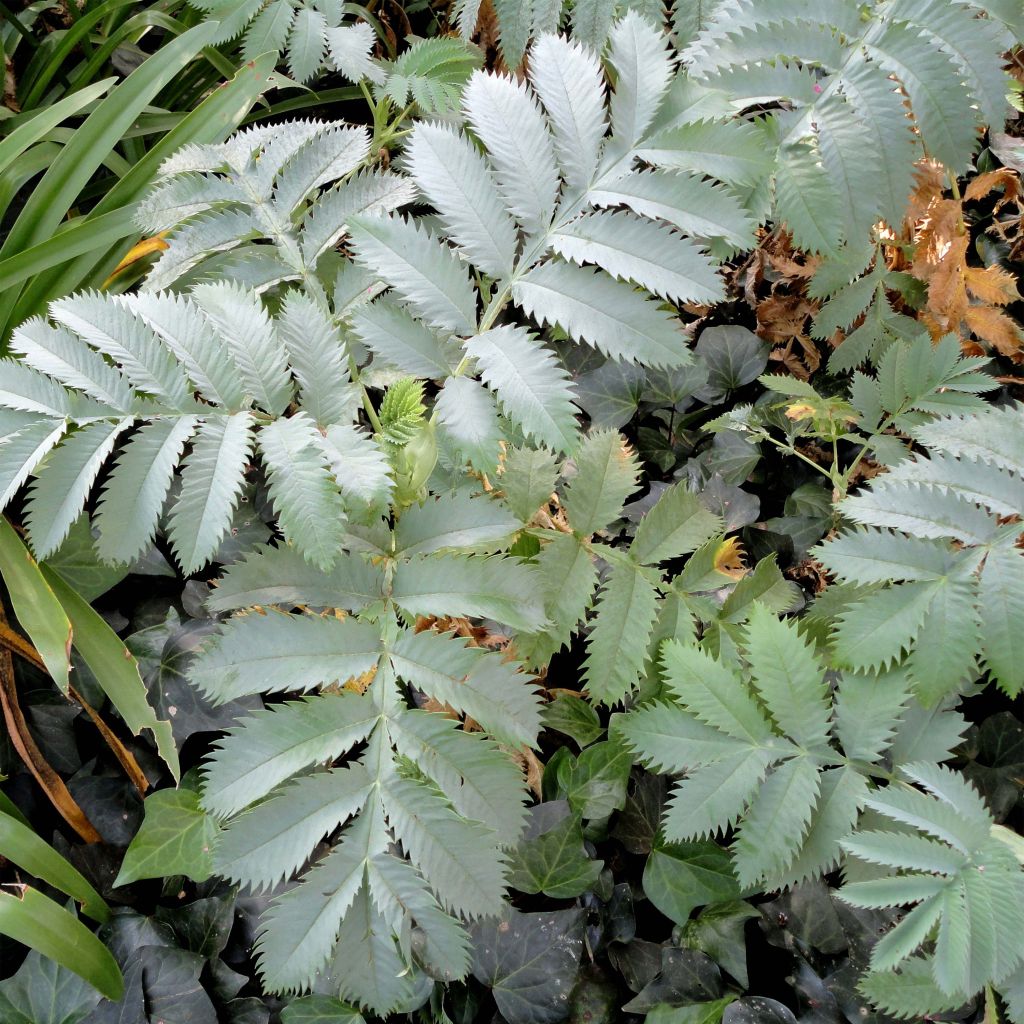

Melianthus major
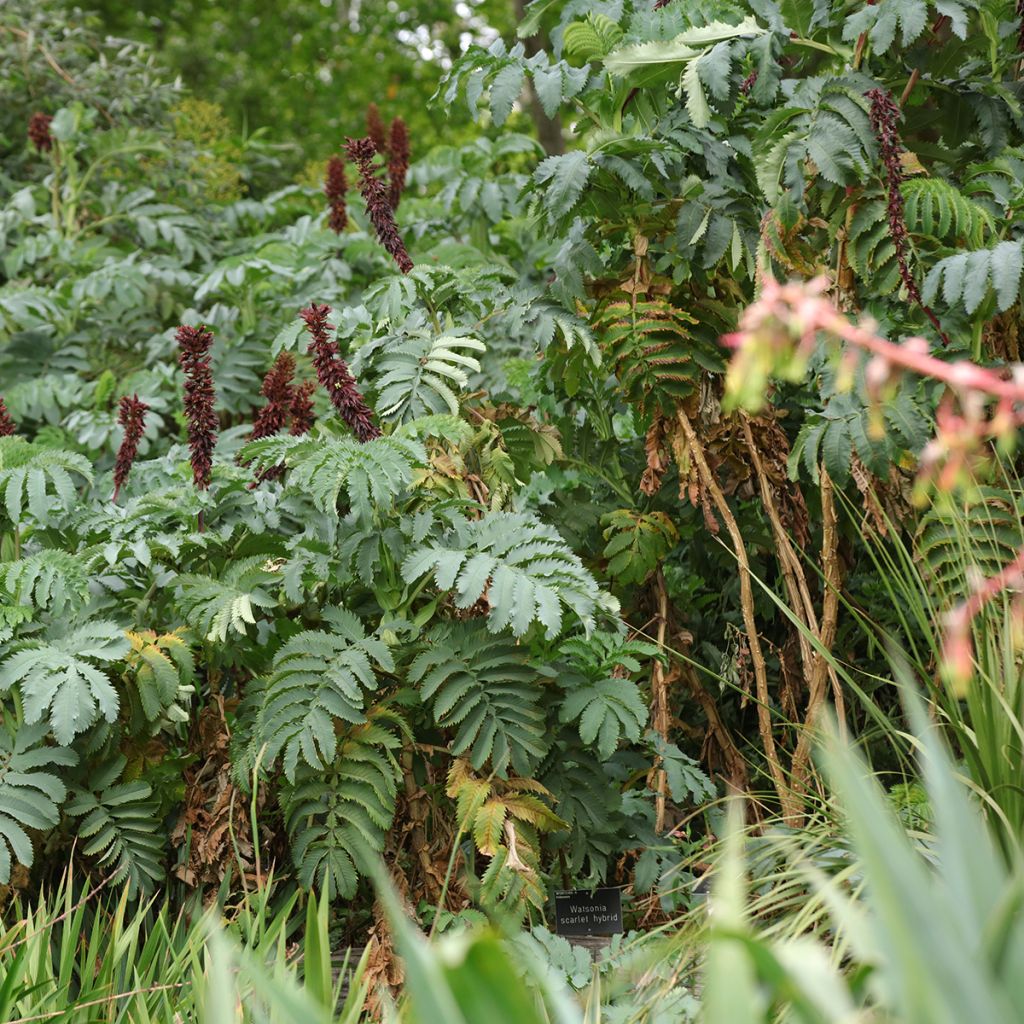

Melianthus major
Melianthus major
Melianthus major
Giant Honey Flower
Plant arrived all wilted, really disappointed.
brigitte, 17/11/2024
Special offer!
Receive a €20 voucher for any order over €90 (excluding delivery costs, credit notes, and plastic-free options)!
1- Add your favorite plants to your cart.
2- Once you have reached €90, confirm your order (you can even choose the delivery date!).
3- As soon as your order is shipped, you will receive an email containing your voucher code, valid for 3 months (90 days).
Your voucher is unique and can only be used once, for any order with a minimum value of €20, excluding delivery costs.
Can be combined with other current offers, non-divisible and non-refundable.
Home or relay delivery (depending on size and destination)
Schedule delivery date,
and select date in basket
This plant carries a 12 months recovery warranty
More information
We guarantee the quality of our plants for a full growing cycle, and will replace at our expense any plant that fails to recover under normal climatic and planting conditions.
Does this plant fit my garden?
Set up your Plantfit profile →
Description
Melianthus major, also known as the giant honey flower, is an extraordinary plant with a remarkable architectural habit. It brings an exotic touch to the garden. This undershrub can form an imposing mass resembling a giant fern, composed of large evergreen, blue-green, serrated leaves divided into wide toothed leaflets. It displays brown-red spike-like inflorescences in late spring, which are nectar-rich with a honey fragrance. The flowers are incredibly popular with bees. This plant loves the sun, tolerates summer drought well, and becomes quite hardy once established.
Melianthus major belongs to the Francoaceae family native to South Africa. It is a large but not very hardy perennial that forms highly ornamental specimens in the garden. It quickly becomes a 2m (7ft) tall bush with a spreading habit. Its silver-grey juvenile foliage unfolds into lush, blue-green "fronds" divided into serrated leaflets. They emit a fragrance of peanut butter or cocoa when crushed, spreading into the surrounding area on hot days. From May to July, large inflorescences covered with tubular flowers appear, blooming in terminal spikes. They are brown-red and are highly attractive to bees and nectar-loving insects. If the plant appears wet or sticky at times, it is due to the nectar flowing from its flowers, which has a honey-like scent. The flowering is followed by the formation of parchment-like pods containing seeds.
Melianthus major is perfect for creating magnificent exotic backgrounds in flower beds, or even in large pots on a terrace. It deserves to be highlighted, and provides a dazzling spectacle on its own. It can be paired with grey or silver foliage plants by planting a carpet of Senecio vira-vira at its base, or with blue or mauve Ceratostigma plumbaginoides or C. griffithi for their blooms. Its fast growth compensates for its low hardiness (mature specimens are destroyed at -8°C (17.6°F)). This plant will easily find its place in warm, dry, or coastal gardens.
Report an error about the product description
Melianthus major in pictures
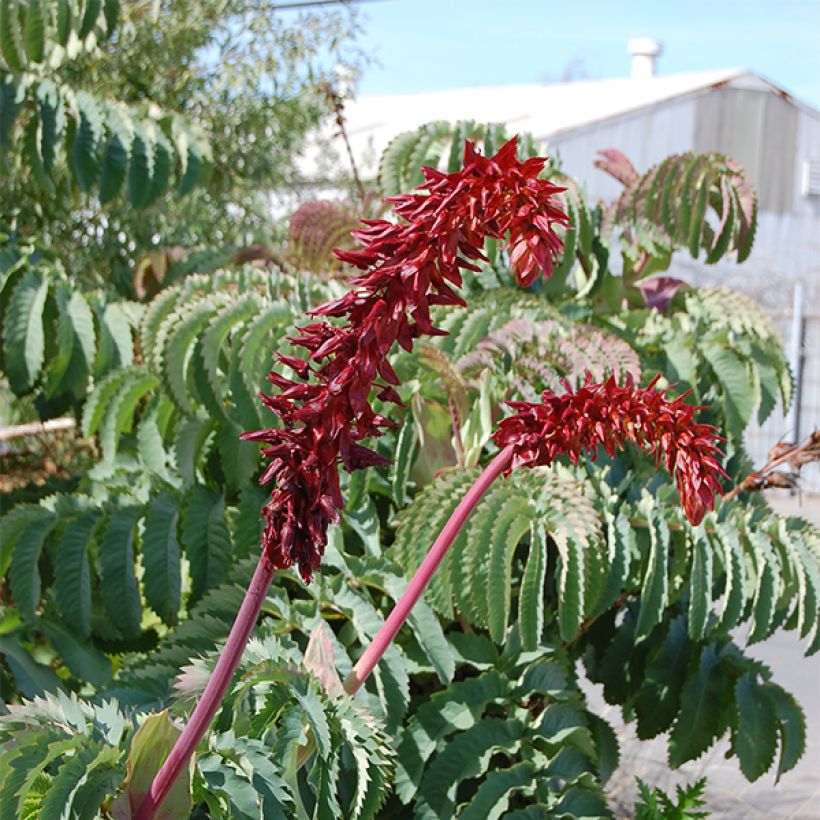

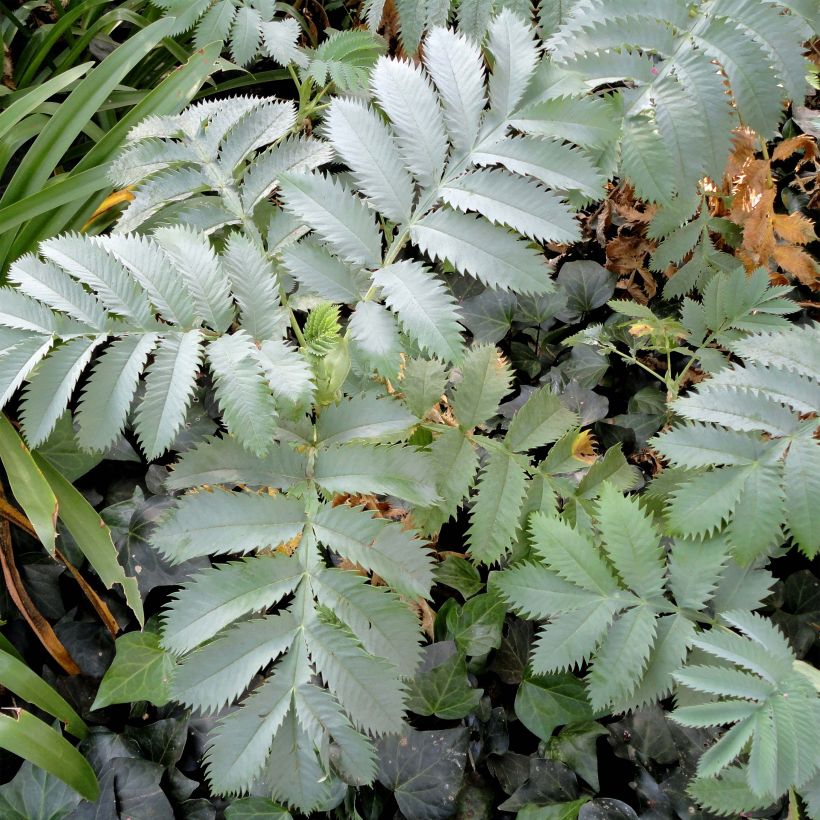

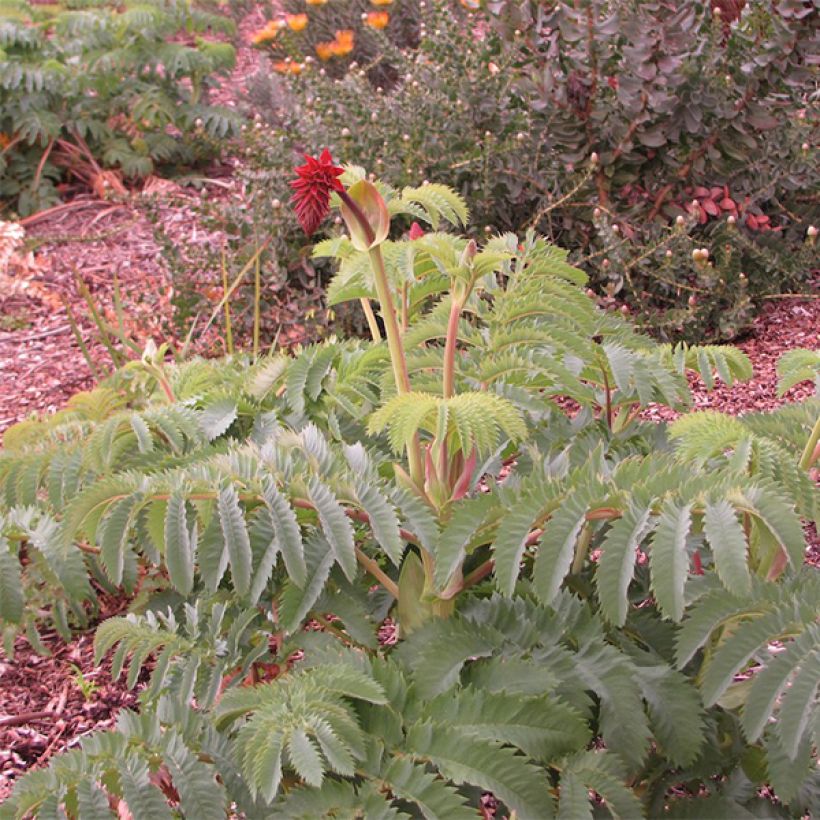

Flowering
Foliage
Plant habit
Botanical data
Melianthus
major
Melianthaceae
Giant Honey Flower
South Africa
Other Perennials A to Z
View all →Planting and care
Plant in light, well-drained, deep, loose, and sunny soil. It tolerates limestone and summer drought. It cannot withstand wind that damages its foliage. To help it survive the winter, it should be planted in well-drained soil and its stump should be covered with a handful of dead leaves, or straw, which can be held in place by an inverted bucket weighted down. Once mature, it is capable of regrowing from its stump in spring even if the vegetation has been destroyed by frost. In cold regions, it can be cultivated in a large container that can be wintered indoors, away from frost, in a bright and unheated space.
Planting period
Intended location
Care
Planting & care advice
-
, onOrder confirmed
Reply from on Promesse de fleurs
Similar products
Haven't found what you were looking for?
Hardiness is the lowest winter temperature a plant can endure without suffering serious damage or even dying. However, hardiness is affected by location (a sheltered area, such as a patio), protection (winter cover) and soil type (hardiness is improved by well-drained soil).

Photo Sharing Terms & Conditions
In order to encourage gardeners to interact and share their experiences, Promesse de fleurs offers various media enabling content to be uploaded onto its Site - in particular via the ‘Photo sharing’ module.
The User agrees to refrain from:
- Posting any content that is illegal, prejudicial, insulting, racist, inciteful to hatred, revisionist, contrary to public decency, that infringes on privacy or on the privacy rights of third parties, in particular the publicity rights of persons and goods, intellectual property rights, or the right to privacy.
- Submitting content on behalf of a third party;
- Impersonate the identity of a third party and/or publish any personal information about a third party;
In general, the User undertakes to refrain from any unethical behaviour.
All Content (in particular text, comments, files, images, photos, videos, creative works, etc.), which may be subject to property or intellectual property rights, image or other private rights, shall remain the property of the User, subject to the limited rights granted by the terms of the licence granted by Promesse de fleurs as stated below. Users are at liberty to publish or not to publish such Content on the Site, notably via the ‘Photo Sharing’ facility, and accept that this Content shall be made public and freely accessible, notably on the Internet.
Users further acknowledge, undertake to have ,and guarantee that they hold all necessary rights and permissions to publish such material on the Site, in particular with regard to the legislation in force pertaining to any privacy, property, intellectual property, image, or contractual rights, or rights of any other nature. By publishing such Content on the Site, Users acknowledge accepting full liability as publishers of the Content within the meaning of the law, and grant Promesse de fleurs, free of charge, an inclusive, worldwide licence for the said Content for the entire duration of its publication, including all reproduction, representation, up/downloading, displaying, performing, transmission, and storage rights.
Users also grant permission for their name to be linked to the Content and accept that this link may not always be made available.
By engaging in posting material, Users consent to their Content becoming automatically accessible on the Internet, in particular on other sites and/or blogs and/or web pages of the Promesse de fleurs site, including in particular social pages and the Promesse de fleurs catalogue.
Users may secure the removal of entrusted content free of charge by issuing a simple request via our contact form.
The flowering period indicated on our website applies to countries and regions located in USDA zone 8 (France, the United Kingdom, Ireland, the Netherlands, etc.)
It will vary according to where you live:
- In zones 9 to 10 (Italy, Spain, Greece, etc.), flowering will occur about 2 to 4 weeks earlier.
- In zones 6 to 7 (Germany, Poland, Slovenia, and lower mountainous regions), flowering will be delayed by 2 to 3 weeks.
- In zone 5 (Central Europe, Scandinavia), blooming will be delayed by 3 to 5 weeks.
In temperate climates, pruning of spring-flowering shrubs (forsythia, spireas, etc.) should be done just after flowering.
Pruning of summer-flowering shrubs (Indian Lilac, Perovskia, etc.) can be done in winter or spring.
In cold regions as well as with frost-sensitive plants, avoid pruning too early when severe frosts may still occur.
The planting period indicated on our website applies to countries and regions located in USDA zone 8 (France, United Kingdom, Ireland, Netherlands).
It will vary according to where you live:
- In Mediterranean zones (Marseille, Madrid, Milan, etc.), autumn and winter are the best planting periods.
- In continental zones (Strasbourg, Munich, Vienna, etc.), delay planting by 2 to 3 weeks in spring and bring it forward by 2 to 4 weeks in autumn.
- In mountainous regions (the Alps, Pyrenees, Carpathians, etc.), it is best to plant in late spring (May-June) or late summer (August-September).
The harvesting period indicated on our website applies to countries and regions in USDA zone 8 (France, England, Ireland, the Netherlands).
In colder areas (Scandinavia, Poland, Austria...) fruit and vegetable harvests are likely to be delayed by 3-4 weeks.
In warmer areas (Italy, Spain, Greece, etc.), harvesting will probably take place earlier, depending on weather conditions.
The sowing periods indicated on our website apply to countries and regions within USDA Zone 8 (France, UK, Ireland, Netherlands).
In colder areas (Scandinavia, Poland, Austria...), delay any outdoor sowing by 3-4 weeks, or sow under glass.
In warmer climes (Italy, Spain, Greece, etc.), bring outdoor sowing forward by a few weeks.































